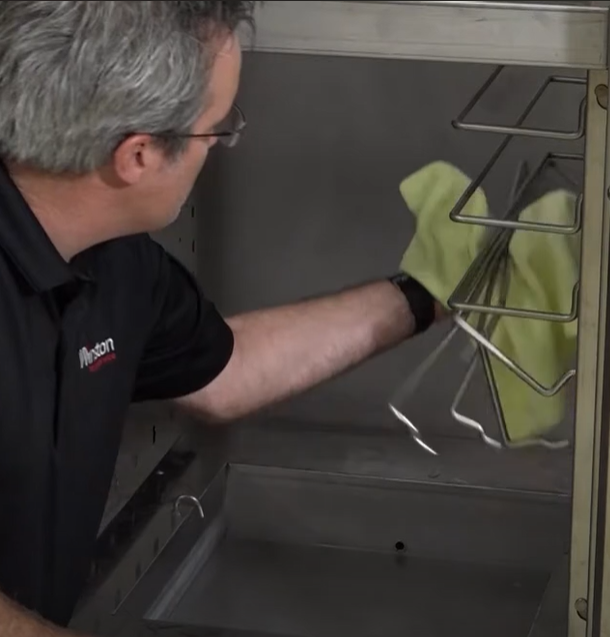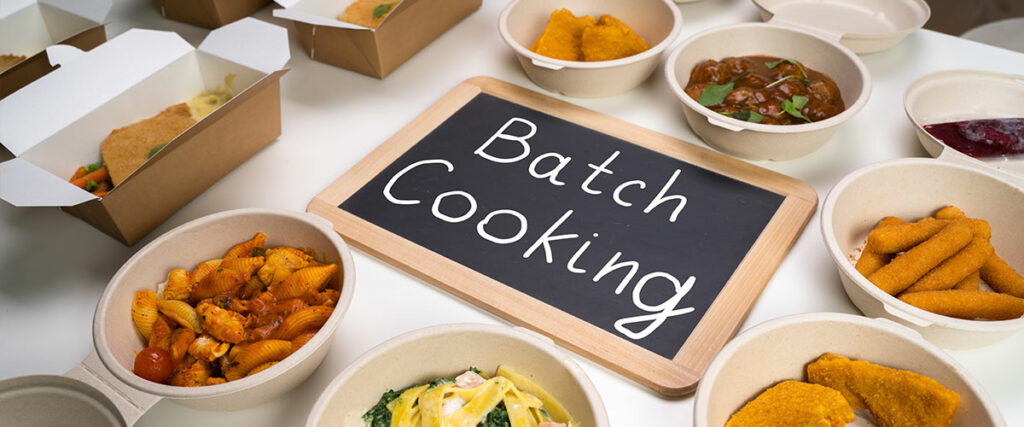Ticket Time Challenge
Foodservice operations are facing stiff headwinds. Rising food costs, labor shortages, wage growth, and constant turnover put pressure on profits. We experimented to prove that CVap® Technology can help operations overcome these challenges. Hypothesis: An end user’s food and labor costs can be decreased by using CVap technology due to the efficiency of holding and […]
Ticket Time Challenge Read More »










